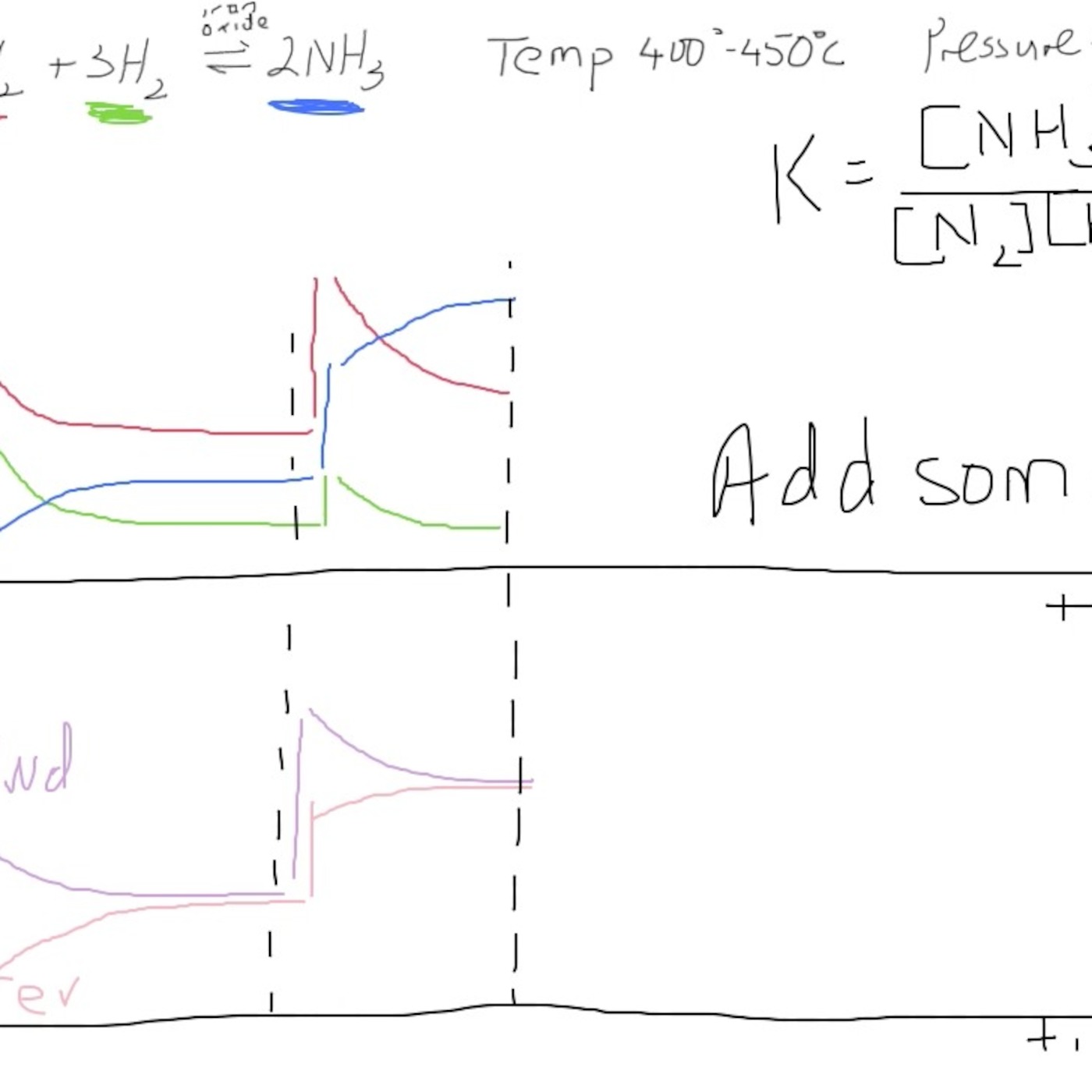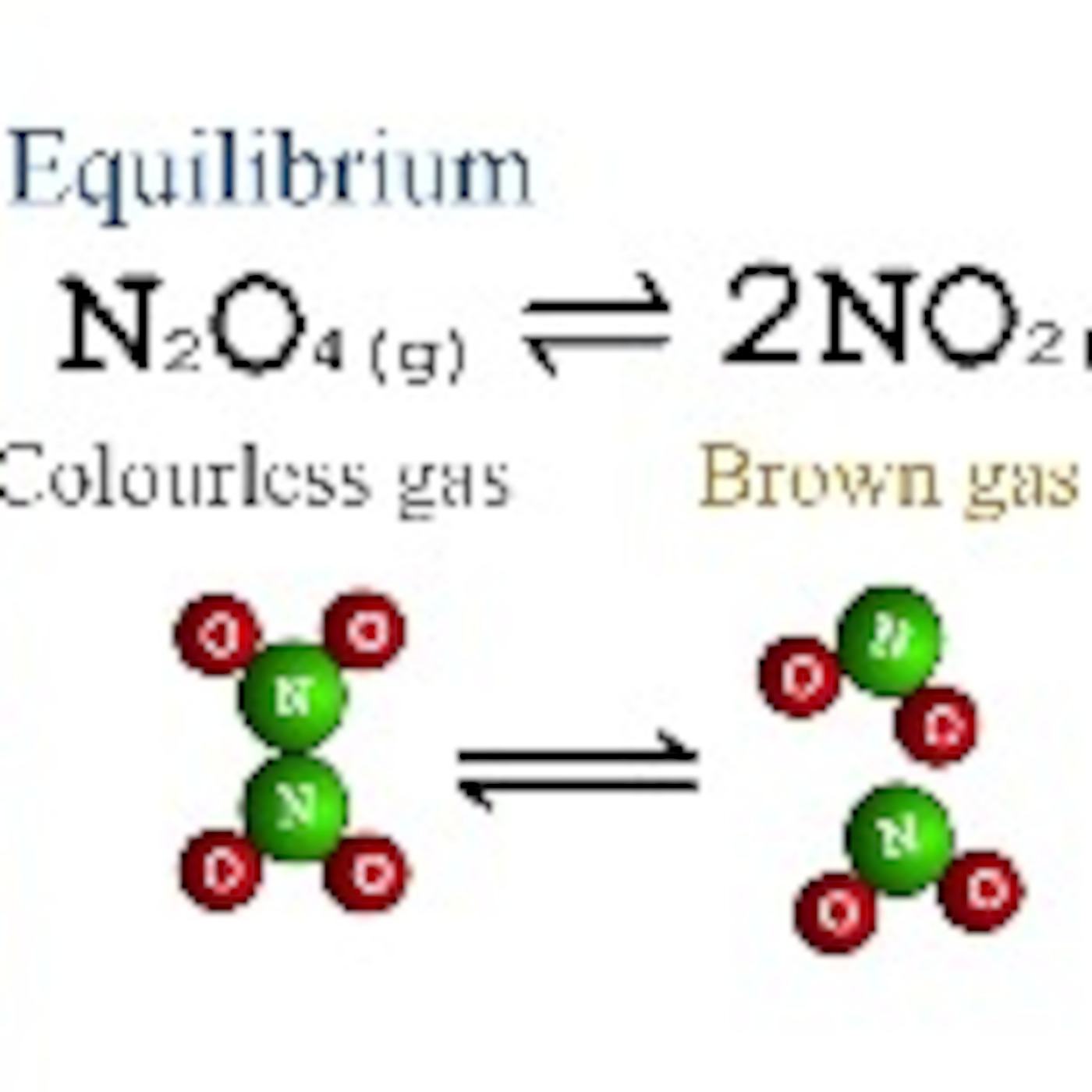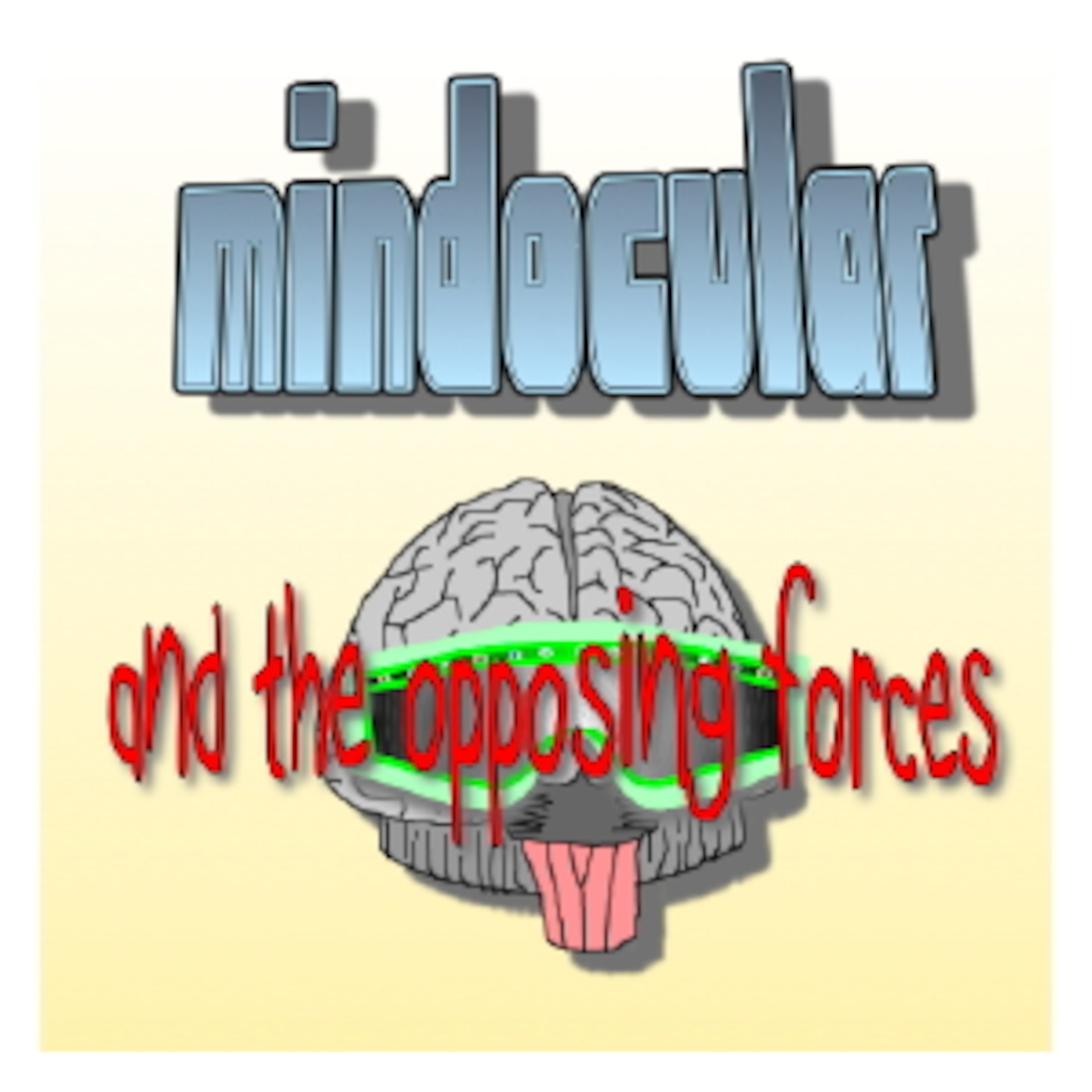Discover chemistry - meaghersclasses
chemistry - meaghersclasses

chemistry - meaghersclasses
Author: Richard Meagher
Subscribed: 51Played: 357Subscribe
Share
© Copyright 2025 Richard Meagher
Description
These chemistry video podcasts are high school chemistry snippets, from Mt Lawley Senior High School. Check out my YouTube channel https://www.youtube.com/channel/UCDK3TYmYcgTfjrkQ_t_2tCQ
To help make these resources more useful your feedback would be appreciated.
You may also want to check out my physics video podcasts at www.meaghersphysics.podomatic.com.
Thanks,
Richard.
56 Episodes
Reverse
We look at graphs of concentration vs time and rate vs time for the Haber process. Consideration of the value of the equilibrium constant as changes are made to the system at equilibrium are included.
In this episode we consider some values of an equilibrium, and show that even if the raw ratio of reactants to products is reversed when a chemical equilibrium is reestablished the value of the equilibrium constant remains unchanged, so long as the temperature remains constant.
This chemistry video podcast looks at the concept of equilibrium as it applies to chemical systems. (It is an old,ie 2006, episode that I inadvertently deleted when trying to get rid of spam comments!) I really must publish more up to date episodes!! I do intend to get more episodes out this year, along with an epub book on intro chem.
Richard
This chemistry video podcast looks at electrostatic forces and how they are responsible for holding solids together. All four fundamental forces (ie strong, weak, gravitational and electrostatic) are considered. "Mindocular' is a fictional character who has a 'minds eye' with excellent magnification and resolution and can 'see' individual particles in matter, and determine their behaviour. He looks at metallic, ionic and covalent solids.
This chemistry video podcast investigates the reactions of ethanol, 1-butanol (ie butan-1-ol), 2-butanol (ie butan-2-ol) and methyl-2-propanol (ie methylpropan-2-ol) with potassium dichromate, potassium permanganate and sodium metal. We see that tertiary alcohols are less reactive than secondary alcohols, which are less reactive than primary alcohols.
The pairs of electrons that exist in the valence shells of atoms repel each other as far as possible. This repulsion helps determine the shapes of molecules formed in covalent compounds. This chemistry video podcast shows some of these possible shapes and explains their formation. (Some of you have experienced difficulties with the audio on the previous version of this episode. I have re-recorded the soundtrack in this podcast. Let me know if this solves the problem. Richard)
This chemistry video podcast demonstrates the laboratory production of oxygen gas, using thistle funnel, conical flask, gas jar, pneumatic trough, behive shelf and hydrogen peroxide decomposition (catalysed by manganese dioxide), its collection via the downward displacement of water and the subsequent testing that can be performed by reignition of a glowing wick.
This chemistry video podcast looks at the reactions of basic solutions (ie ammonia solution and hydroxide solutions) with solutions of metal salts (ie Mg, Al, FeII, FeIII, Cu, Zn, Ag, and Cr). As well as displaying the appearance of the resulting products, the chemical equations representing the reactions are shown. Demonstrated are the production of the complex ions aluminate, zincate and chromate from addition of excess hydroxide to solutions of the amphoteric metal salts of Al, Zn and Cr. The complex ions produced by addition of excess ammonia with Cu, Zn and Ag are also demonstrated.
This chemistry video podcast demonstrates the laboratory production of carbon dioxide gas, using thistle funnel, conical flask, gas jar and hydrochloric acid on calcium carbonate, its collection via the upward displacement of air and the subsequent testing that can be performed to illustrate carbon dioxide's properties of density and acidity, as well as the limewater test.
It has been a long time since my last post, holidays and theft of my laptops have conspired against me. I intend to post some episodes of fundamental chemistry principles this year to help those of you in preliminary chemistry courses, or to be used for revision for others. This video chemistry podcast looks at how ionic compounds form, and how we write formulae to represent the relative amounts of ions in ionic compounds.
This video chemistry podcasts looks at some aspects of electrochemistry as displayed in standard, simple high school chemistry experiments. The episode investigates standard reduction potentials, the concept of metal displacement, and electrochemical cells.
This enhanced chemistry podcasts looks at some aspects of electrochemistry as displayed in standard, simple high school chemistry experiments. The episode investigates standard reduction potentials, the concept of metal displacement, and electrochemical cells.
A simple concept that causes difficulties for students. ie using ionic equations to represent chemical reactions. This chemistry video podcast explains why spectator ions should not be included in a chemical equation.
This short video chemistry podcast investigates the function of detegent molecules. It answers the questions "How can we wash greasy dishes?" and "Why is milk like 'fatty sweat'??!!"
This audio chemistry podcast is the soundtrack for the video podcast 'detergents (video) march 4 07'. It investigates the function of detegent molecules.
This chemistry video podcast looks at the intermolecular forces; dipole-dipole interactions and dispersion forces; that occur between covalent molecules. (There is another episode posted last year that looks at hydrogen bonding.)
This file is the audio track for the video podcast 'intermolecular forces (video) feb 25 07'. It looks at dipole-dipole interactions and dispersion (london) forces.
This chemistry video podcast looks how electronegativity determines the type of bond that exists between two atoms, and how the symmetry of the resultant molecule will influence its overall dipole potential.
This is the audiotrack of the chemistry video podcast 'molecular polarity (video) feb 18 07'. It looks at the concpt of electronegativity and how it influences bond and molecular polarity.
This chemistry video podcast looks at defining ionisation energy and explaining trends and periodicity of values for ionisation energy in the periodic table. I look at factors which influence the ease with which electrons may be removed from atoms.







